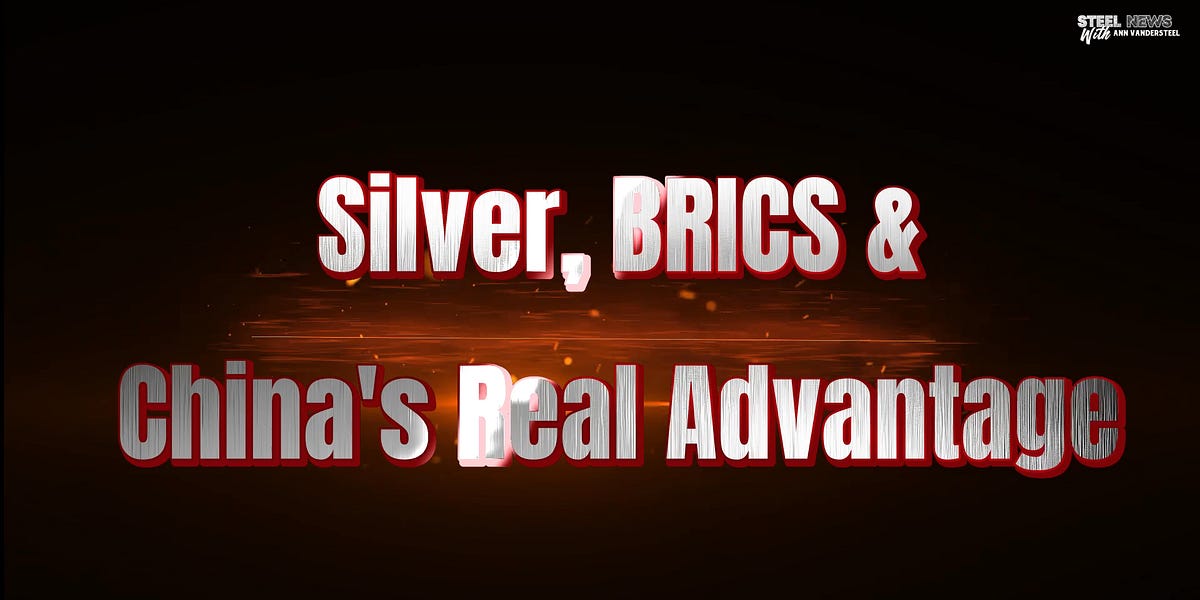Canada must act swiftly to remain on track with modernizing its financial sector policies that affect how consumers make payments. Other countries are adopting fintech innovation at a much faster pace, leaving Canadians with limited consumer choice and competition among financial service providers compared with other parts of the world. This is largely due to the Canadian market being long dominated by an oligopoly that has a strong hold on the movement of money.
Canada’s big six banks control nearly 90 per cent of the country’s banking assets, which dictates how money moves through Payments Canada. This is the system that operates the clearing and settlement systems that power the Canadian economy. The same big six are also major shareholders of Interac, the only option for debit card payments and email money transfers. Banks are also the leading issuers of Visa and Mastercard credit cards. As a result, the movement of money occurs largely between these big banks via the networks of Visa, Interac, Mastercard and Payments Canada.
Even with other financial institutions and burgeoning fintechs, these six banks act as the middleman for processing payments. Fintechs still cannot freely access essential financial infrastructure such as payments systems or user banking details.
To fully modernize payments and enable open banking, Canada must mirror the successes of others – including the United Kingdom, the European Union, Singapore and Australia – in enabling innovation, growth and competition in the market. Those jurisdictions have demonstrated the benefits of fostering an open and competitive fintech ecosystem while Canada has only taken baby steps.
One of the first chapters of the 2023 federal budget, “Making Life More Affordable and Supporting the Middle Class,” would have been a perfect fit for payments modernization initiatives that will ultimately help lower costs on Canadian consumers and small businesses. Unfortunately, none of these policies received a direct mention, which is a missed opportunity.
One positive action contained in the budget is the commitment to explore the elimination of junk fees (hidden fees). This must be paired with the four key payment modernization policy initiatives that will allow financial service providers to reduce costs and increase convenience and speed.
These four policy initiatives are the implementation of instant payments through the Real-Time Rail system; establishing the modern licencing framework and market conduct rules in the Retail Payment Activities Act; amending the Canadian Payments Act; and expanding banking to embrace open banking.
Together, these payments modernization initiatives will result in lower payment costs, increased innovation and competition, and enhanced financial stability.
Instant payments:
More than 60 countries around the world already have real-time payments systems (the Real-Time Rail system), which allow for payments to be processed within seconds rather than waiting for several minutes to hours. Canada was set to join that list in 2022, but Payments Canada has delayed the launch of the Real-Time Rail system twice with no definitive timeline in sight, referencing the need to validate and test the system’s components and end-to-end integration.
But to be clear, Payments Canada’s Real-Time Rail system will utilize the global data standard (ISO 20022) for payments messaging and a common language for financial institutions around the world.
Canadians deserve faster payments. A failure to deliver on this promise is a setback for businesses and does not give consumers the peace of mind that a payment has settled, especially during a cost-of-living crisis.
Modern payments licence:
In 2021, Canada established a new payments licence under the Retail Payment Activities Act. Aside from Quebec, Canada didn’t have money transmission or payments licensing requirements until now as payments companies only had to register with FinTRAC. With the Retail Payment Activities Act now law, the Bank of Canada is the primary regulator of payments companies. While seemingly simple, the overall process is ongoing.
Retail Payment Activities regulations were published in 2023 after consulting the industry, which is a major step in the right direction, but the Bank of Canada must still create a payments supervision team. The likeliest next step will be the registration of payments companies this year, with oversight starting in 2024.
This new payments regime brings Canada up to speed with other jurisdictions that have been at the forefront of payments innovation, such as the UK and the EU – both of which are referenced in the Retail Payment Activities Act.
Canadian policymakers have understood that bringing payment firms into a clear regulatory environment will even the playing field for all players in the financial sector, thereby being beneficial for consumers, industry and broader financial stability. While Retail Payment Activities Act will enable fintechs and others to invest with certainty in Canada, it will also ensure customer funds are protected and firms have proper governance and risk management structures, among other requirements.
Non-bank access to the payments system:
Along with the Retail Payment Activities Act, the government has consulted on proposals to expand access to its payments system to non-banks. This means fintechs could become members of Payments Canada and directly clear and settle payments, unlocking lower-cost payments, increasing the speed of payments and reducing the reliance on bank partners.
This is in line with global momentum toward expanded access to payments systems. The Financial Stability Board’s G20 Roadmap for Enhancing Cross-border Payments includes this as one of its recommendations. Other governments including the UK, Singapore, Hungary, Australia and Brazil have already moved in this direction and soon the broader EU is expected to do so with the Payment Services Directive 2.
At Wise, we have already demonstrated the benefits of expanded access. Wise was the first non-bank to directly connect with the Bank of England’s Faster Payment System in 2018. Once granted, we immediately lowered fees for those customers by 20 per cent and increased the average payment speed from 15 minutes to less than 20 seconds. The UK’s Faster Payment System is a great example of the Real-Time Rail system and non-bank access working together in practice. When access was granted more broadly, the total number of Faster Payment System participants went from primarily banks (18) to several fintechs (33). It resulted in increased competition, consumer adoption and ultimately lower costs.
But this goes beyond cost and speed. It also speaks to stability. With the growth of newer entrants and fintech scale-ups in financially challenging times, the systemic risk to the financial system is higher when direct access is not available to payments companies. Payment companies are clustered around a limited number of banks able to provide an indirect link to the payment system. This means that if one of those banks wobbles, all the payment companies depending on that bank for access wobble, too. That’s why direct access should be democratized while applying risk-based, objective criteria.
Amendments to the Canadian Payments Act will be necessary for this change, and that was not included in the last two federal budgets. Even with those amendments in place, direct access likely won’t be granted to payments companies until after the Bank of Canada’s supervision of payments under the Retail Payment Activities Act begins, which likely means 2024 or 2025.
Open banking:
Open banking has been one of the most talked-about initiatives of Canada’s payments modernization. It will give consumers the right to their own financial data in a secure manner, so that they can make better financial decisions and utilize new products, such as budgeting tools.
In March 2022, former PwC director Abraham Tachjian was appointed as Canada’s open banking lead by the federal government and tasked with the development of the open banking framework. Canada is now consulting with the industry, regulators and consumer representatives.
Notably, open banking as a way-to-pay can become a cheaper alternative to traditional payment methods such as credit and debit cards, delivering more competition in payment methods for Canadians and ultimately driving costs down.
These four initiatives have the power to fix slow, opaque and costly financial services – specifically payments – and usher Canada’s payments infrastructure into the present and future. Without them, Canada will be stuck in the era of payments past to the detriment of its consumers and businesses.




























